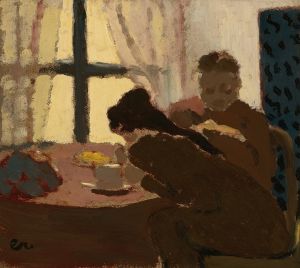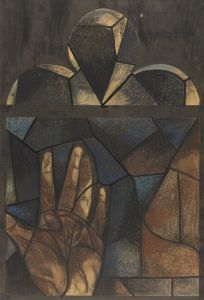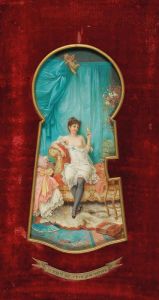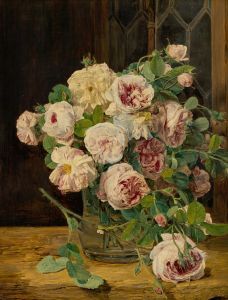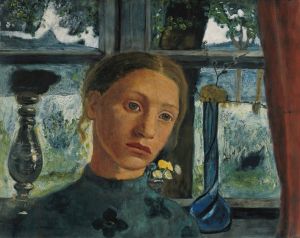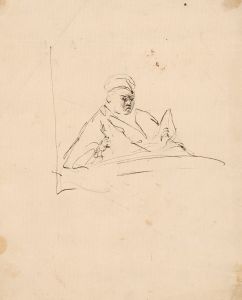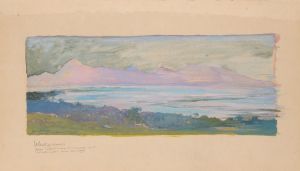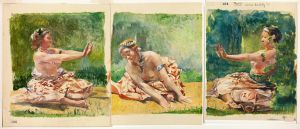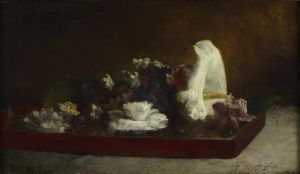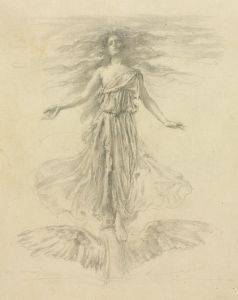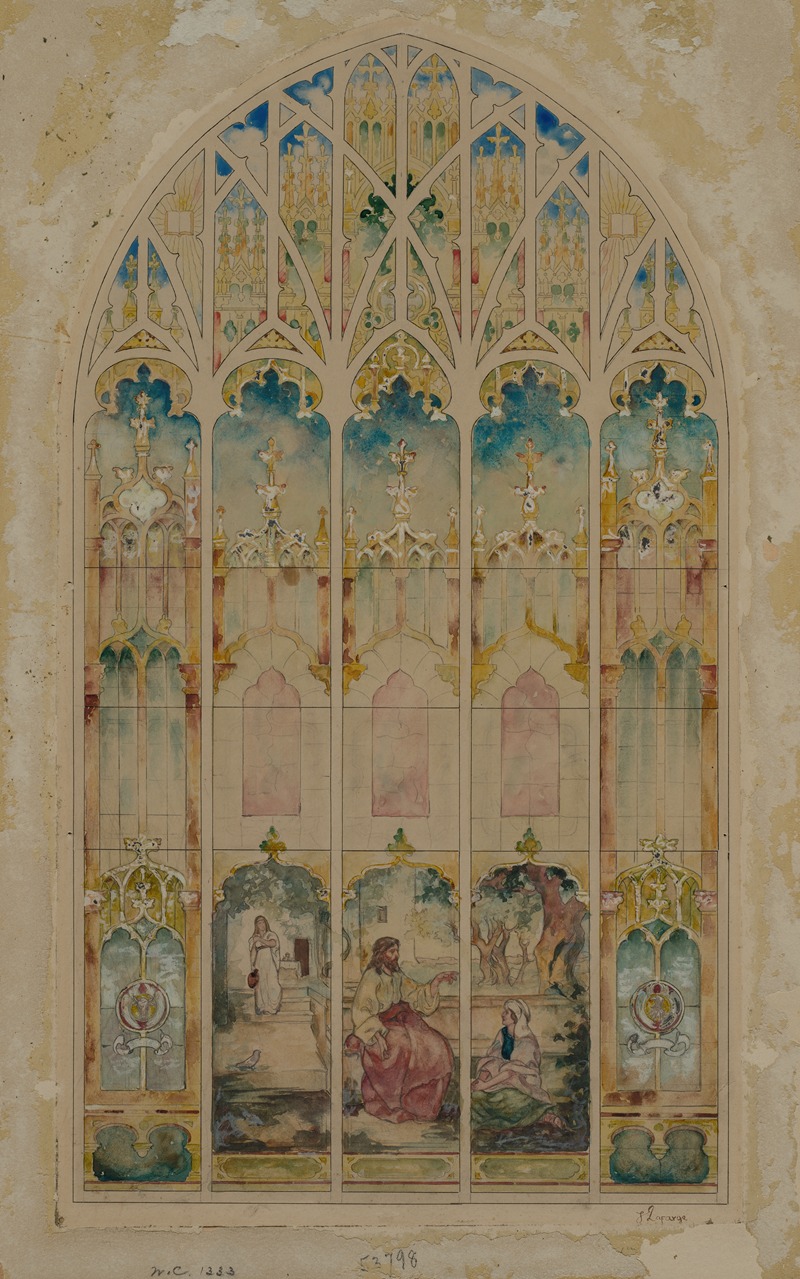
Chapel Window
A hand-painted replica of John La Farge’s masterpiece Chapel Window, meticulously crafted by professional artists to capture the true essence of the original. Each piece is created with museum-quality canvas and rare mineral pigments, carefully painted by experienced artists with delicate brushstrokes and rich, layered colors to perfectly recreate the texture of the original artwork. Unlike machine-printed reproductions, this hand-painted version brings the painting to life, infused with the artist’s emotions and skill in every stroke. Whether for personal collection or home decoration, it instantly elevates the artistic atmosphere of any space.
John La Farge was an influential American artist known for his work in stained glass, painting, and illustration. One of his notable works in stained glass is the "Chapel Window," which exemplifies his innovative approach to the medium and his ability to blend artistic beauty with technical skill.
La Farge was born in 1835 in New York City and initially studied law before turning to art. He traveled to Europe to study the Old Masters and was particularly influenced by the works of the Pre-Raphaelites and the French Impressionists. Upon returning to the United States, La Farge became a prominent figure in the American art scene, known for his versatility and creativity.
The "Chapel Window" is a testament to La Farge's pioneering techniques in stained glass. During the late 19th century, stained glass was primarily used for ecclesiastical purposes, and La Farge's work in this medium was revolutionary. He developed new methods for layering and opalescent glass, which allowed for a greater range of colors and effects. This innovation enabled him to create windows that were not only decorative but also rich in narrative and emotion.
La Farge's "Chapel Window" is celebrated for its intricate design and vibrant colors. Unlike traditional stained glass, which relied heavily on painted details, La Farge's technique involved the use of opalescent glass to achieve depth and texture. This approach allowed him to create more naturalistic and expressive figures, setting his work apart from his contemporaries.
The window often features religious themes, reflecting La Farge's interest in spirituality and symbolism. His ability to convey complex themes through the medium of stained glass was highly regarded, and he received numerous commissions for churches and chapels across the United States. The "Chapel Window" is an example of how La Farge's work transcended mere decoration, offering viewers a profound visual and spiritual experience.
In addition to his technical innovations, La Farge was known for his collaboration with architects and other artists. His work on the "Chapel Window" and other projects often involved close partnerships with leading figures of the time, contributing to the overall aesthetic and architectural harmony of the spaces they adorned.
John La Farge's contributions to the art of stained glass were recognized during his lifetime, and his legacy continues to influence artists today. His work on the "Chapel Window" remains a significant example of his artistic vision and technical prowess. Through his innovative use of materials and his ability to convey deep emotion and narrative, La Farge elevated stained glass to a fine art form, leaving a lasting impact on the field.
While specific details about the "Chapel Window," such as its exact location or the date of its creation, are not widely documented, the work is representative of La Farge's broader contributions to art and his enduring influence on the medium of stained glass.





